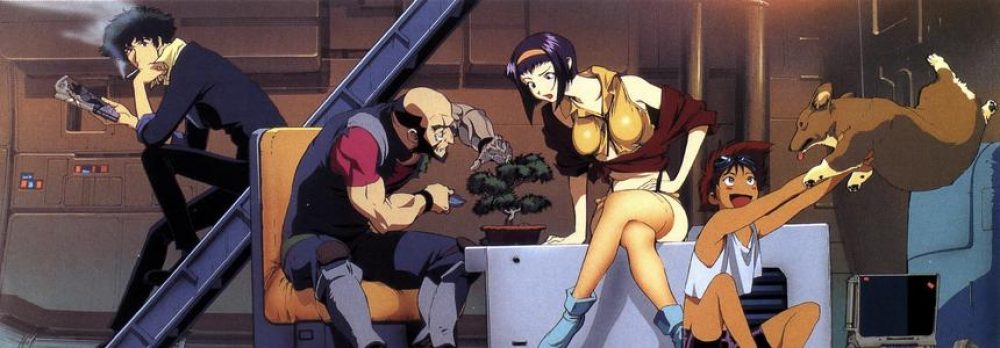Part 1: 3DEqualizer
This week we learned how to use the 3DEqualizer to track a shot and calculate the trail of the camera. I learned it quickly because I have learned the tracking tool in Adobe After Effects.
Compared to the AE, I need to do more manually in the 3DE, like choosing the track point and fix the result. It needs more time but the results are more accurate.
This is my final result:

In the class, Dom answered some questions that I thouht were very important and useful.
- The tracepoint: We should choose points in the image that is high in contrast and clear, but not the edges of the wall. As the camera moves, the foreground and background change inconsistently. This causes the tracepoint to rotate, eventually produce the wrong result. So we have to pick points that are on the same plane.
- Brightness and contrast: During tracking, we can adjust the brightness and contrast of the picture. However, it should be noted that the brightness adjustment here has no effect on the results, just to facilitate us to choose the appropriate tracking point. But if the contrast is high, then it may have some influences.
- Foreground, middle, and background: Try to choose more tracepoints to get better results. It is important to note that the points on the background are likely to be occluded and should be tracked several times. It’s hard work. But we have to do it for a better result.
- Deviation: It’s very important to get as close to 0 as possible but not equal to 0. Moreover, not all the tracked points have to be calculated, and some will increase the deviation.

Part 2: Polish stylised walk
First of all, I added some actions to the blocking animation last week. I want to study more about the style of Tom&Jerry.
About Luke’s feedback on my reference, actually, I also thought of the question when I was looking for a reference. When I wanted to make an animation, if my reference is an animation made by someone else, is this plagiarism? In this task, I want to imitate the original animation style of Tom&Jerry, but in my original production, I think I should avoid using other people’s animations as a reference, especially 3D animation.
In the spline pass, I met a serious problem. Tom’s arms cannot rotate in the right direction. In the beginning, I didn’t know what to do so I modified it frame by frame, but the final result was not good. Luke showed me the usage of Euler Filter, which is a very helpful feature.
before modification:
If the rotation value of animation curves are limited to a specific range, these curves may be damaged. The problem can be corrected by filtering these curves.
Euler angle uses three separate vectors (X, Y, and Z axis) to calculate rotation interpolation.
In the Graph Editor, select the broken animation curve (for example, Rotate X, Rotate Y, and Rotate Z), then Select “Curves> Euler Filter”. The filter is always applied to the entire curve, not to the selected curve segment within a certain period of time.
In actual operation, when you see a part of the curve that obviously has a big change, and it is in the opposite direction, it is very likely that you need to use the Euler filter to correct it.


After modification:
Part 3: Render farm
Finally I used the render farm
Connecting to the M311 computer through VMware, and then sending the project I made on my laptop to the PC through Onedrive, I can use the Deadline to quickly get the rendered picture.
This is my final animation:
